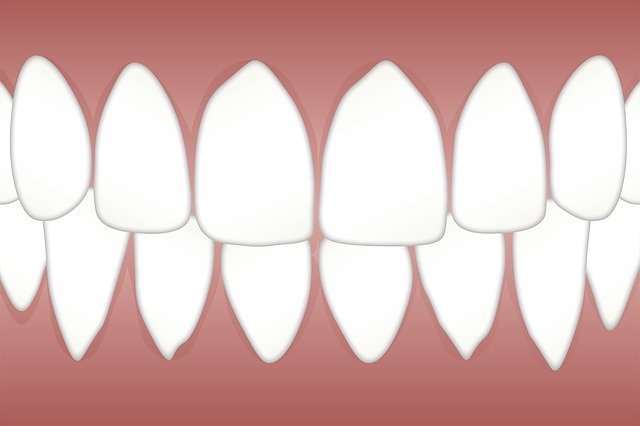Periodontal diseases are contaminations of structures around teeth, which include gums, the cementum that covers the root and alveolar bone. In a most punctual phase of periodontics, contamination influences just gums, which is called gum disease. In increasingly serious types of sickness, the entirety of supporting tissues is included. Generally, bacteria influences around 20-50% of the population around the world.
As of late, gum disease has been connected to some health problems. Yet, numerous inquiries remain to be replied. Studies have created fluctuating discoveries about the amount of an association exists between gum disease and other health issues. More research is expected to prove discoveries by the specialists of periodontics.
Periodontics is connected to some different ailments as their risk factor. They have been identified beneath:
- Cardiovascular disease – People with periodontics are at higher risk of having a coronary disease. Scientists found that bacteria from the mouth can enter the circulation system and stick to platelets, which would then be able to shape blood clusters, interfering with progression of blood to the heart. Heart conditions such as high blood pressure, coronary conduit ailment or high cholesterol may result from constant irritation brought about by periodontal diseases.
- Stroke – The illness results from an unpredictable interchange between ceaseless bacterial contamination and fiery reaction. A few examinations have explored the relationship between stroke and periodontics and found that there exists a huge bond between them however proof on the job of the disease in stroke is as yet constrained.
- Alzheimer’s disease – A study proves that periodontal ailment may build the risk of subjective brokenness related to Alzheimer’s disease in sound people just as in those, what already identity is intellectually impeded. Examination proposes that psychologically ordinary subjects with periodontal irritation are at expanded risk of lower intellectual capacity contrasted with subjectively typical subjects with next to zero periodontal aggravation.
- Pancreatic malignancy – Analysts propose that there might be a connection between elevated levels of cancer-causing mixes found in mouths of people with gum ailment and pancreatic cancer risk. They contend that these mixes called nitrosamines which may respond to stomach related chemical compounds in the gut in a way that makes a domain good for the advancement of pancreatic disease.
Wake of making changes for age, smoking history, diabetes, heftiness, diet and other possibly jumbling factors, specialists could infer that men with a past filled with periodontal infection have an expanded risk of pancreatic cancer contrasted with men without a background marked by periodontal sickness.
- Pre-term deliveries of a low-weight child – According to the American Academy of Periodontology, periodontal bacteria increment a women’s risk of conveying a pre-term low-birth-weight infant.
Basics of oral cleanliness
Brushing
- Brush teeth two times every day.
- Use a proper brush. Keep it clean and store in a proper place.
- Practice great method while brushing.
- Replace toothbrush each three to four months or sooner if fibers become unpredictable.
Flossing
- Try not to skim on flossing.
- Be delicate.
- Take each tooth in turn.
- If you think that it’s difficult to deal with floss, use an interdentally cleaner, for example, a dental pick, pre-strung flosser, minor brushes that reach between teeth, a water flosser or wooden or silicone plaque remover.


